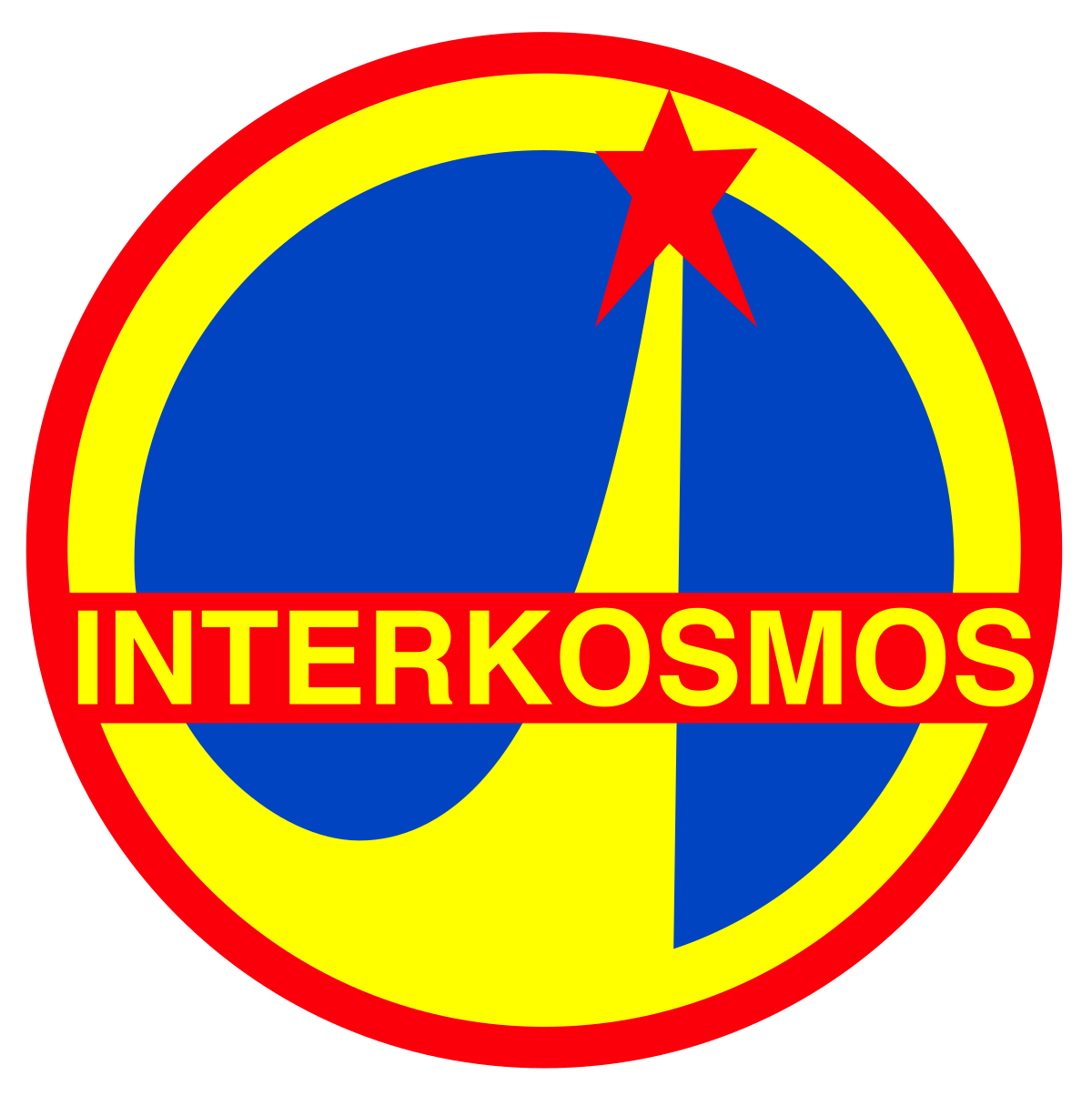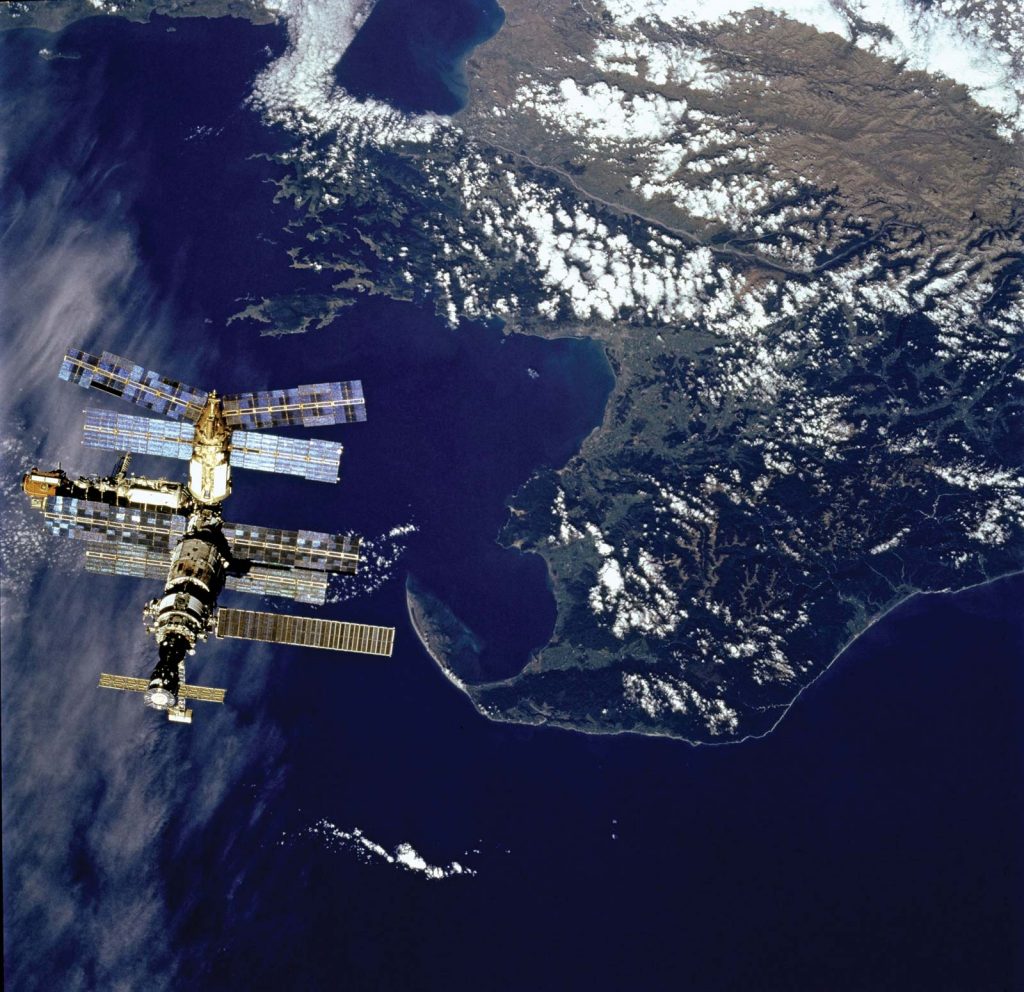In contrast with the commercial, militarist and billionaire-dominated nature of much current space exploration, Sean Meleady celebrates the important achievements of the Soviet led ‘Interkosmos’ programme, not just for the socialist countries, but for all humanity.

In the 1950s and early 1960s it was the Soviet Union that led the way in terms of non-manned and human spaceflight. In 1957 the USSR launched Sputnik 1, the world’s first satellite followed by the first animal in space, a dog called Laika, later that year on Sputnik 2.
In 1961 Yuri Gagarin became the first human being in space on Vostok 1 while Gherman Titov became the first person to sleep in space and be there for more than 24 hours on Vostok In 1963 Valentina Tereshkova became the first woman in space on Vostok 6.
However it was the little known Interkosmos programme where the USSR helped its allies with manned and unmanned space missions that also led to a number of firsts. This included launching the first non-US or Soviet citizen in space as well as the first space travellers of African, Hispanic and Asian origin.
Interkosmos largely involved nations who were members of the Warsaw Pact and CoMEcon. However some other socialist and pro-Soviet nations who would then have been formally considered non-aligned such as India and Syria and some capitalist nations such as Austria and France were also members.
The Council for International Co-operation in the Exploration and use of Outer Space (known by the Soviet acronym ‘Interkosmos’) was established in 1966 as part of the Soviet Academy of Science and was formally adopted in April 1967.
Interkosmos had one main aim which was to focus and coordinate all the work of the various Soviet ministries that were focused on international cooperative space research with Soviet allies both in Eastern Europe and around the world. There were five main areas of cooperation related to physics, meteorology, communications, biology and medicine and remote sensing.
In early years Interkosmos focused exclusively on unmanned missions including studies of solar ultraviolet light, X-rays, cosmic radiation and meteorite particles. While in April 1973 a joint Soviet-Polish satellite ”Copernicus–500”, part of the Interkosmos 9 programme to study the Sun and the ionosphere, was launched.
This was a remarkable change for the notoriously secretive and self-sufficient Soviet space programme of the 1950s and 1960s. Technologically based on the work of Russian rocket scientist Konstanin Tsiolkovsky and captured German scientists, the Soviet programme was dominated by rocket engineer Sergei Korolev who drove the early Soviet achievements in space.
However following the death of Korolev in 1966 and Yuri Gagarin two years later following a tragic plane crash, the Soviet space programme changed tack and started to open up. This manifested itself not just in the establishment of Interkosmos in the late 1960s but also cooperation with the USA. This involved a joint programme allowing astronauts to train with cosmonauts from 1973 to 1975 in both countries.
In July 1976 at the same time NASA were recruiting the first astronauts for the new Space Shuttle programme, Interkosmos started the selection of its first ‘guest cosmonaut’ to fly on a Soviet manned mission.
Soviet cosmonaut training staff decided that an 18 month training programme was necessary for the successful ‘guest cosmonaut’ depending upon the candidates mastery of the Russian language. However as recruitment was limited to jet pilots most of the participating eight Interkosmos nations already had pilots who had a basic knowledge of Russian as many at been sent to the USSR for pilot training. An engineering background was also considered vital.

Vladimir Remek from Czechoslovakia was the successful candidate following military testing and training in the USSR. On 2 March Remek became the first person in space who wasn’t either a US or Soviet Citizen as he accompanied Aleksei Gubarev on the Soyuz 28 mission to the Salyut 4 space station.
Poland and the GDR were the next two Interkosmos nations to be represented on manned missions. Mirsolaw Hermaszewski was the selected Polish candidate and flew on the Soyuz 30 mission in June 1978 becoming the first and to date only Pole in space. Along with Belarusian Cosmonaut Pyotr Klimuk, Hermaszewski spent eight days abroad Salyut 6 conducting geoscience experiments.
Hermaszewski became a celebrity not just in Poland but throughout Interkosmos and Warsaw Pact countries. In his later years like many other ex-cosmonauts he attempted to enter politics standing in Polish parliamentary and European elections for centre left parties and has become a fierce critique of the increasingly commercial nature of space exploration.
Sigmund Jähn became the first German in space in June 1978 representing the GDR as part of the Soyuz 31 mission which took food and a video camera built in the GDR to Salyut 6. Medical and biological experiments were also carried out including an audio experiment on sound and noise perception.
Jähn, a former printer from Saxony who retrained as an air force pilot, unusually took a toy figure on his flight known as a Sandmännchen. This was a very well known charachter from a children’s television programme about a traveling sandman that had been broadcast in the GDR from the late 1950s.
Jähn achieved a doctorate specialising in the remote sensing of the Earth and led the GDR Army’s cosmonaut training centre near Moscow until 1990. Following German unification he acted as a consultant for the German Aerospace Centre and the European Space Agency. In the 2003 German film Goodbye Lenin he is the boyhood hero of the main protagonist growing up in the 1980s East Berlin.
Vietnam joined Interkosmos in May 1979 following a quarter of a century of wars with France, United States, Cambodia and China. However there were already four Vietnamese candidates training at the Yuri Gargarin Cosomanut Training Centre (or TSPK) with American War veteran Phạm Tuân the successful candidate who became the first Asian in space in July 1980 flying to Salyut 6 on the Soyuz 37 mission.
Cuba had begun its space research activities as early as 1964 becoming a founder of member of Interkosmos 3 years later and started selecting a candidate for a manned space mission in 1976. This involved the examination of the records of 600 armed forces personal followed by medical tests in Havana and final training in the USSR.
Arnaldo Tamayo Méndez was selected and became the first Cuban and first person of African origin in space in September 1980 on Soyuz 38. Méndez was also the first the first Hispanic in space and the first person with the western hemisphere outside the United States to travel into space.
Méndez was in many ways the perfect embodiment of the Cuban revolution having been orphaned as a boy growing up in poverty. During the revolution he protested against the Batista regime and following a technical education he spent a year in the USSR training to be a pilot in Mig fighter jets. Méndez returned to Cuba as a flight instructor and flew reconnaissance missions during the Cuban missile crisis.
Soyuz T-6 in June 1982 featured the first guest cosmonaut from the capitalist world. In 1979 the prospect of flying a French citizen into space was discussed during a visit by then French President Viscard d’ Estaing to the USSR. Almost immediately the French Space Agency started a rigorous section process.
Jean-Loup Chrétien was chosen and became the first Frenchman and western European in space. However the La Rochelle native had to undergone rigorous Russian language training at TSPK and flew again as a Research Cosmonaut on Soyuz T-M 7 IN 1988.
Rakesh Sharma became the first Indian in space abroad T-11 in April 1984 following an offer agreed between the Soviet and Indian governments established in 1981. Sharma practised yoga on the mission and spoke to then Indian Prime Minister and prominent Soviet ally Indira Gandhi in a news conference.
Perestroika and Glasnost prominent in the USSR in the mid to late 1980s were also reflected in the Soviet Space programme. Interkosmos in its original format fell into decline as the focus was on financial resources rather than international solidarity. This led to the creation of a new agency called GlavKosmos a kind of ‘Soviet NASA’ to pursue these commercial opportunities.
In 1986 the Mir (‘Peace’) space station was constructed and Muhammad Ahmed Faris from Syria was the first guest cosmonaut to travel there as well as the second Arab in space on TM-3. Faris defected from Bashir Al-Asaad’s regime in 2012 at the height of the Syrian Civil War and after becoming a refugee in Turkey was heavily critical of Russian military involvement in his country.
Abdul Ahad Mohmand became the first Afghan in space as part of the Soyuz TM-6 mission in August 1988 while Toyohiro Akiyama became the first Japanese citizen in December 1990 on TM-11. Akyhima was a journalist who had previously worked for the BBC World Service and was selected as part of a deal between the USSR and his then employer the Tokyo Broadcasting Service.
Helen Sharman became the first British person in space in May 1991 as part of the Soyuz TM-12 mission to Mir. Sharman a Chemistry graduate from Sheffield had been working for Mars as a chemist testing chocolate flavours responded to a competition for the first Briton in space and was chosen ahead of 13,000 other applicants live on ITV in November 1989.
Following the destruction of the Soviet Union, the Russian Space Programme short of funds and public interest fell into decline with an increased reliance on Space Tourism and ‘millionaire cosmonauts’. However arguably despite the dominance of current space exploration in the hands of plutocrats such as Richard Branson and Elon Musk some of the spirit of Interkosmos has been retained through Russian cooperation with NASA, European Space Agency and the International Space Station.
Sean Meleady



